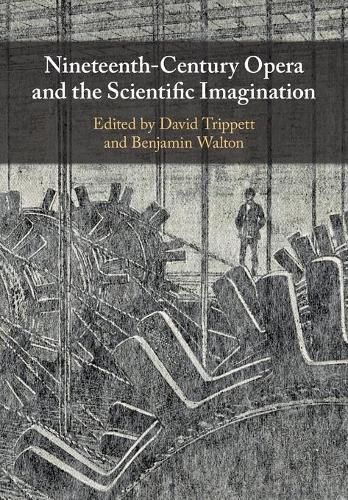Readings Newsletter
Become a Readings Member to make your shopping experience even easier.
Sign in or sign up for free!
You’re not far away from qualifying for FREE standard shipping within Australia
You’ve qualified for FREE standard shipping within Australia
The cart is loading…






Scientific thinking has long been linked to music theory and instrument making, yet the profound and often surprising intersections between the sciences and opera during the long nineteenth century are here explored for the first time. These touch on a wide variety of topics, including vocal physiology, theories of listening and sensory communication, technologies of theatrical machinery and discourses of biological degeneration. Taken together, the chapters reveal an intertwined cultural history that extends from backstage hydraulics to drawing-room hypnotism, and from laryngoscopy to theatrical aeronautics. Situated at the intersection of opera studies and the history of science, the book therefore offers a novel and illuminating set of case studies, of a kind that will appeal to historians of both science and opera, and of European culture more generally from the French Revolution to the end of the Victorian period.
$9.00 standard shipping within Australia
FREE standard shipping within Australia for orders over $100.00
Express & International shipping calculated at checkout
Scientific thinking has long been linked to music theory and instrument making, yet the profound and often surprising intersections between the sciences and opera during the long nineteenth century are here explored for the first time. These touch on a wide variety of topics, including vocal physiology, theories of listening and sensory communication, technologies of theatrical machinery and discourses of biological degeneration. Taken together, the chapters reveal an intertwined cultural history that extends from backstage hydraulics to drawing-room hypnotism, and from laryngoscopy to theatrical aeronautics. Situated at the intersection of opera studies and the history of science, the book therefore offers a novel and illuminating set of case studies, of a kind that will appeal to historians of both science and opera, and of European culture more generally from the French Revolution to the end of the Victorian period.